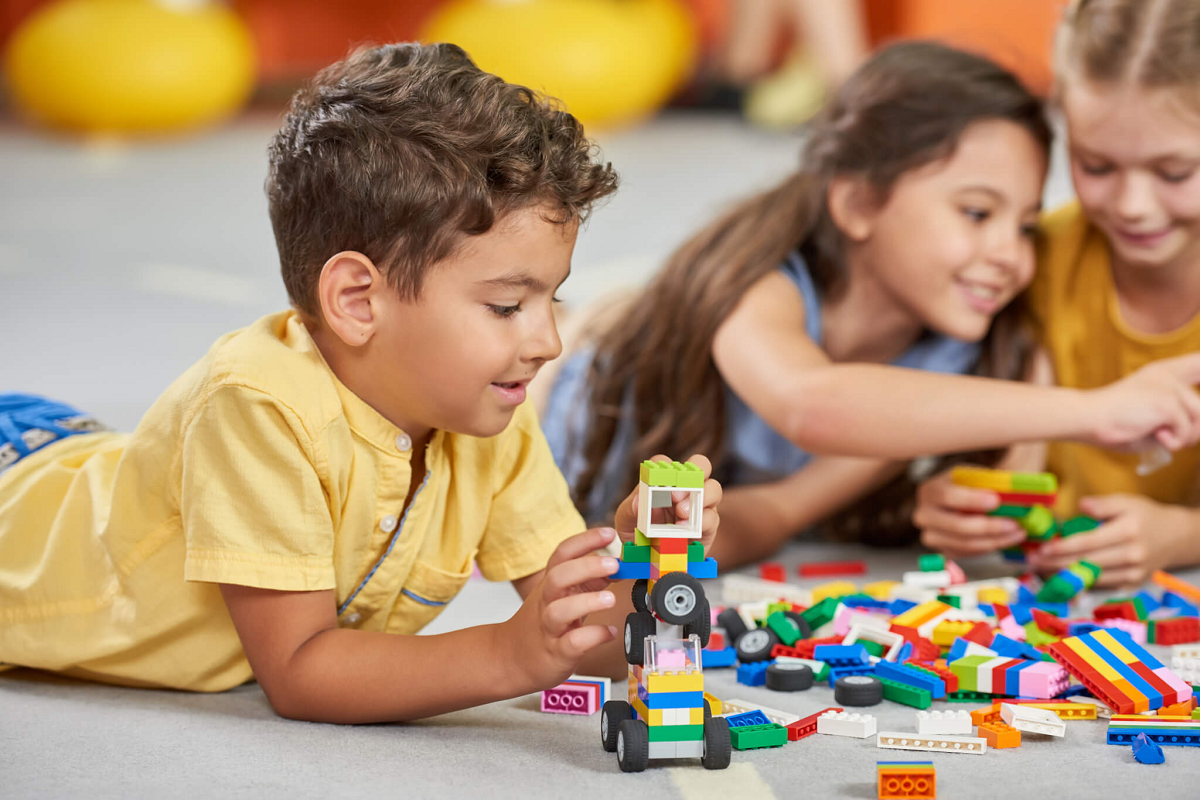Navigating public facilities can be a challenging experience for children with autism spectrum disorder (ASD) and their families. Crowded places, loud noises, and unexpected changes may cause stress and sensory overload. However, with proper preparations, these experiences can be positive and beneficial. In this article, we will discuss the key challenges autistic children face in public spaces and explore ways to create a more inclusive and comfortable environment for them.
Challenges Faced by Autistic Children in Public Facilities
Autistic children encounter multiple challenges when visiting public places due to sensory overload and unexpected changes. These factors can lead to anxiety or distress, making it essential to adapt the environment to be more accommodating and understanding of their needs.
1. Sensory Sensitivities
Some autistic children experience heightened sensitivity to sounds, bright lights, or strong smells, making places like markets and restaurants overwhelming.
2. Difficulty Adapting to Changes
Autistic children often struggle with sudden changes, such as waiting in line or altering daily plans, which may result in anxiety or meltdowns.

3. Communication Difficulties
Expressing needs or understanding instructions can be challenging, especially in unfamiliar environments, leading to frustration.
4. Unexpected Reactions from Society
Parents may face unkind reactions from others when their child exhibits unfamiliar behaviors, such as rocking or making repetitive noises.
How Can Public Facilities Be Made More Autism-Friendly?
Creating autism-friendly public spaces requires a calm and accommodating environment that reduces sensory and communication barriers. By designating quiet spaces, using clear visual cues, and training staff to respond with patience and understanding, public facilities can become more welcoming for autistic children and their families.
1. Designating Quiet Spaces
Establishing quiet zones in airports, malls, and hospitals can help children retreat from sensory overload when needed.
2. Providing Visual and Informational Signage
Using pictorial signs to clarify locations and steps, such as entry/exit points and waiting areas, can make navigation easier.

3. Prioritizing Services for Special Needs
Offering fast-track lanes for children with special needs in queues can help reduce stress.
4. Training Staff to Support Autistic Children
Providing training programs for public facility staff on how to assist autistic children with patience and understanding.
5. Allowing Comfort Aids
Permitting children to bring sensory toys or noise-canceling headphones can help them feel more at ease.

How Can Parents Help Their Child Adapt to Public Places?
Parents can support their child’s adaptation to public spaces by preparing them in advance, introducing them to the environment, and using comfort aids like headphones or sensory toys. Choosing less crowded times and teaching alternative communication methods can also enhance their experience.
1. Preparing for the Visit in Advance
Using pictures or videos to familiarize the child with the place before visiting can reduce anxiety.
2. Providing Comfort Tools
Noise-canceling headphones, sensory toys, or sunglasses can help shield the child from overwhelming stimuli.
3. Choosing the Right Timing
Visiting public places during off-peak hours can create a more comfortable experience.
4. Teaching Alternative Communication Methods
If the child struggles to express their needs, using picture cards or specialized apps can help facilitate communication.
5. Raising Awareness and Engaging with Others
When necessary, parents can inform staff or people nearby about their child’s condition to foster a more understanding environment.
Towards a More Inclusive and Accepting Society
Creating an inclusive environment for autistic children allows them to integrate into public spaces with confidence and comfort. Through awareness and simple adjustments, we can make society more understanding and supportive of their needs, empowering their independence and ensuring equal opportunities.
Latest Articles
How to Deal with a Child’s Aggression at School: Causes and Solutions
Aggressive behaviors at school are among the most concerning challenges... More
Published on: May 13, 2025
How Can I Reduce My Child’s Screen Time? A Practical Guide to Limiting TV, Phones, and Tablets
In today’s digital age, screens have become an inseparable part... More
Published on: May 13, 2025
Why Does My Child Grind Their Teeth? Causes and Treatment
Some parents may notice their child making a grinding or... More
Published on: May 13, 2025
10 Tips for Raising a Strong, Confident, and Leadership-Oriented Child | With Practical Examples
Do You Dream of Seeing Your Child Confident, Responsible, and... More
Published on: May 13, 2025
Related News
The Knowledge Center provides the latest health insights to improve quality of life







